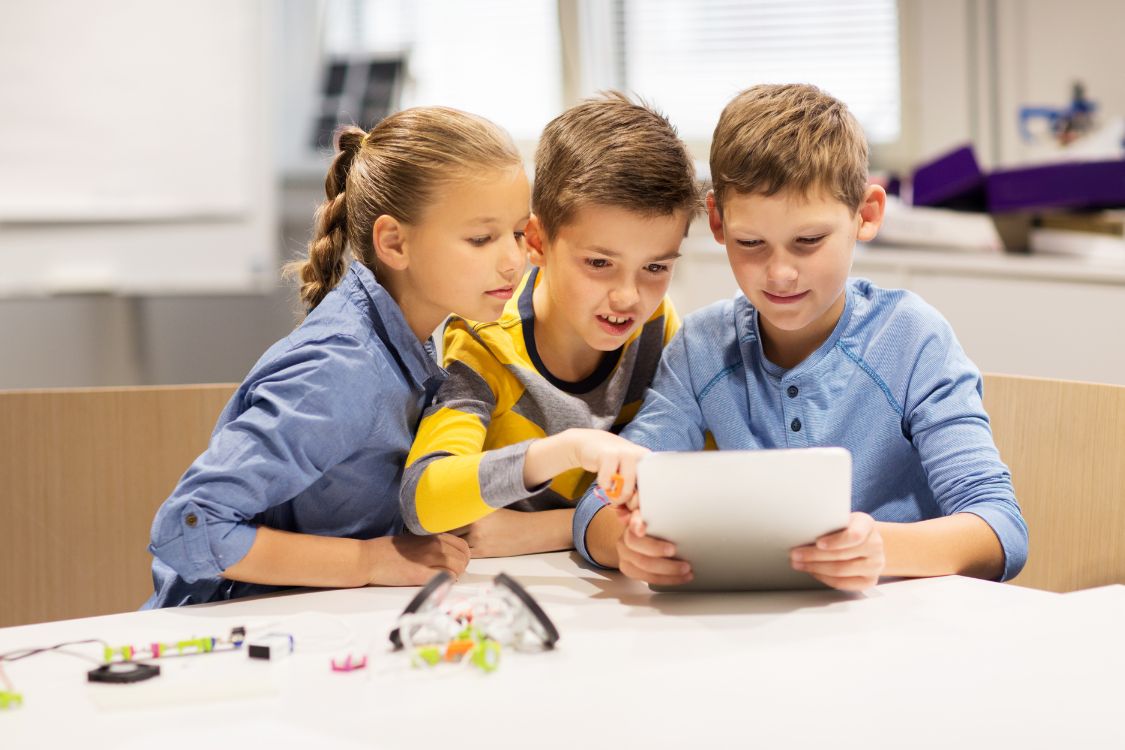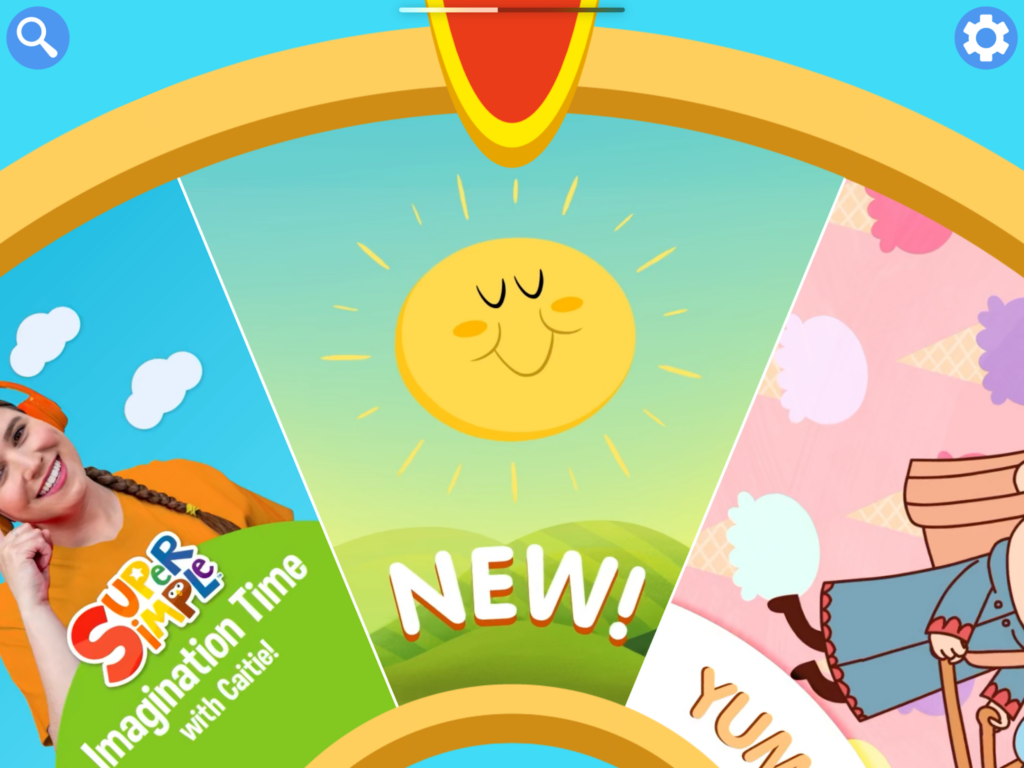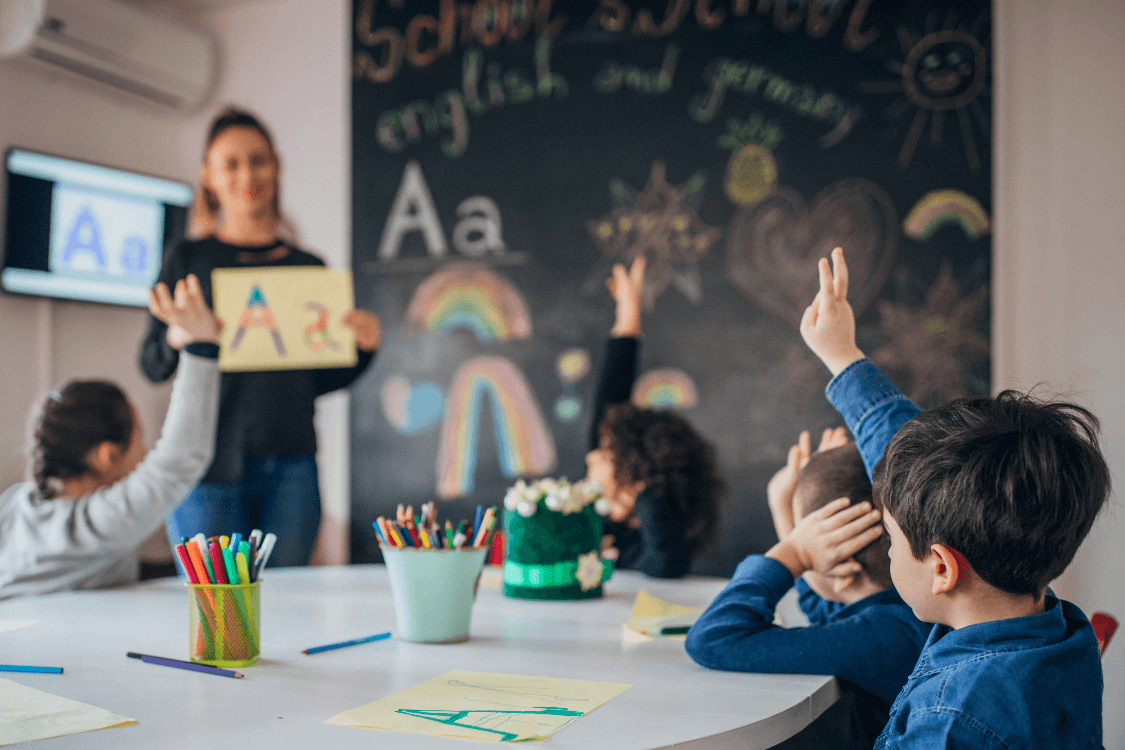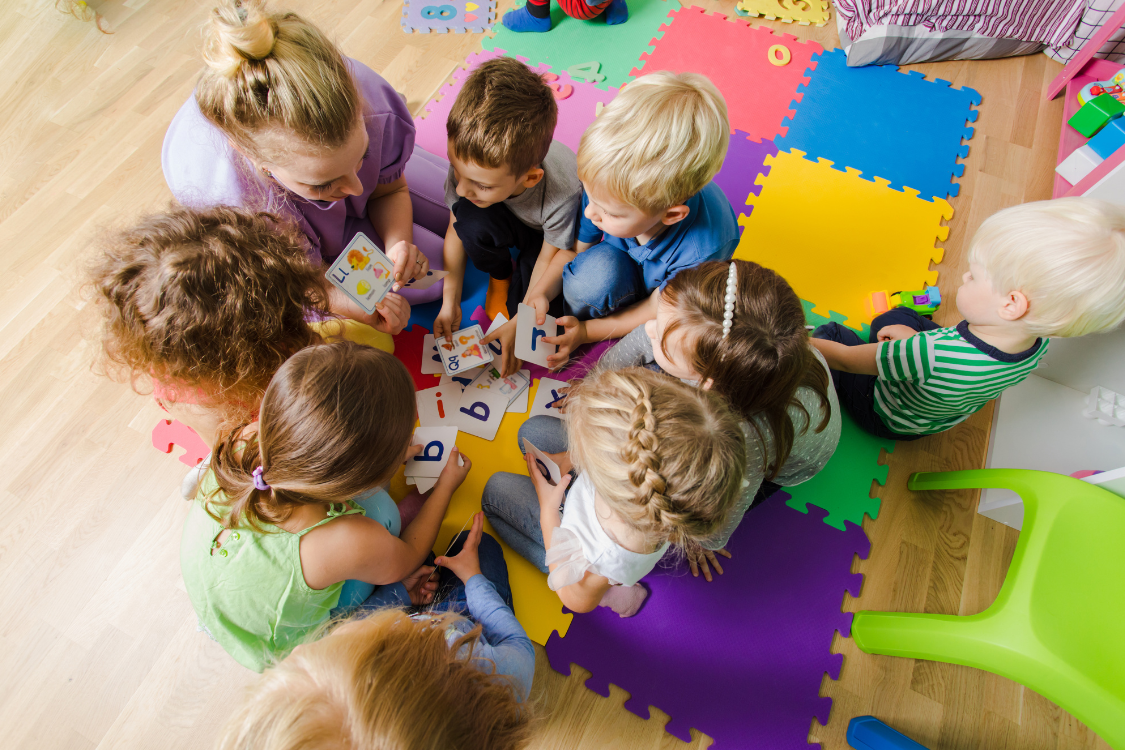ABC Pocket Phonics Review
ABC Pocket Phonics: Hits and Misses in Literacy Instruction
Have you ever wondered how literacy apps stand up when evaluated by experts? Explore the reviews at phonics.org to make more informed choices for the beginning reader in your life.
This review takes a detailed look at the ABC Pocket Phonics app and evaluates how effective the literacy program is.
What is ABC Pocket Phonics?
ABC Pocket Phonics was originally launched in 2008 by “Apps in My Pocket Ltd.” It’s an educational app tailored for children aged 4 to 7. Through the app, children learn letter sounds and letter formation as well as read storybooks. The app offers a teaching reading guide for parents. It also has special features for teachers to create multiple student accounts and receive detailed progress reports for each individual.
Usability of the Pocket Phonics App
The following features contribute to the app’s overall usability for kids and adults.
Accessibility and Individual Player Settings
Pocket Phonics offers easy and straightforward signup and login processes, ensuring accessibility for users. You can customize individual player settings to cater to each child or student’s preferences, including options for:
- Sound effects
- Font type
- Right or left-handedness
- Inclusion of letter names
- Speech recognition
These customizable features enhance user experience and accommodate diverse learning needs.
Some areas of the user experience could use improvement. Placing students at a specific place in the sequence of lessons doesn’t appear to be an option. There is a skills assessment placement test to help learners find a good starting point, but it could easily be missed in the sign-up process.
There also isn’t an option for student sign-in at home, limiting its accessibility for connecting between school and home settings. Incorporating this feature would expand the app’s usability and convenience for students and parents alike.
Student Progress
The Pocket Phonics app tracks student skills and progress in the teacher account on the Apps In My Pocket website. Adults can see specific data on how well their student/child is performing and where they may need additional instruction and practice. This data tracking system provides helpful information and is relatively easy to navigate.
Instructions
The app repeats instructions every few seconds, which can be demanding and causes unnecessary interruptions. Instead, there should be an option for users to request repetition when needed. This would allow for quiet thinking time when necessary and repetition as the player is ready for it.
Furthermore, sometimes instructions are provided in written form but are not shared audibly. For instance, instructions on shaking the iPad to erase answers should be accompanied by spoken prompts to ensure new readers know the user settings in the games. Incorporating verbal instructions alongside written ones would enhance clarity and usability for all users.
Pocket Phonics User Engagement
These factors influence the engagement of new readers playing the Pocket Phonics app.
Instructor Voice
The Pocket Phonics app uses a monotone robotic voice for instructions. This voice may not engage young learners well. Additionally, the audio quality varies, with some recordings sounding unclear or as if they were recorded in a tunnel. This inconsistent quality can detract from the overall learning experience for children using the app.
Rewards
Players receive words of encouragement and are rewarded with coins in the app. Upon completing activities, kids receive a score out of 3 stars based on their performance, providing positive reinforcement and valuable feedback. These rewards serve to motivate users without detracting from their overall gaming experience.
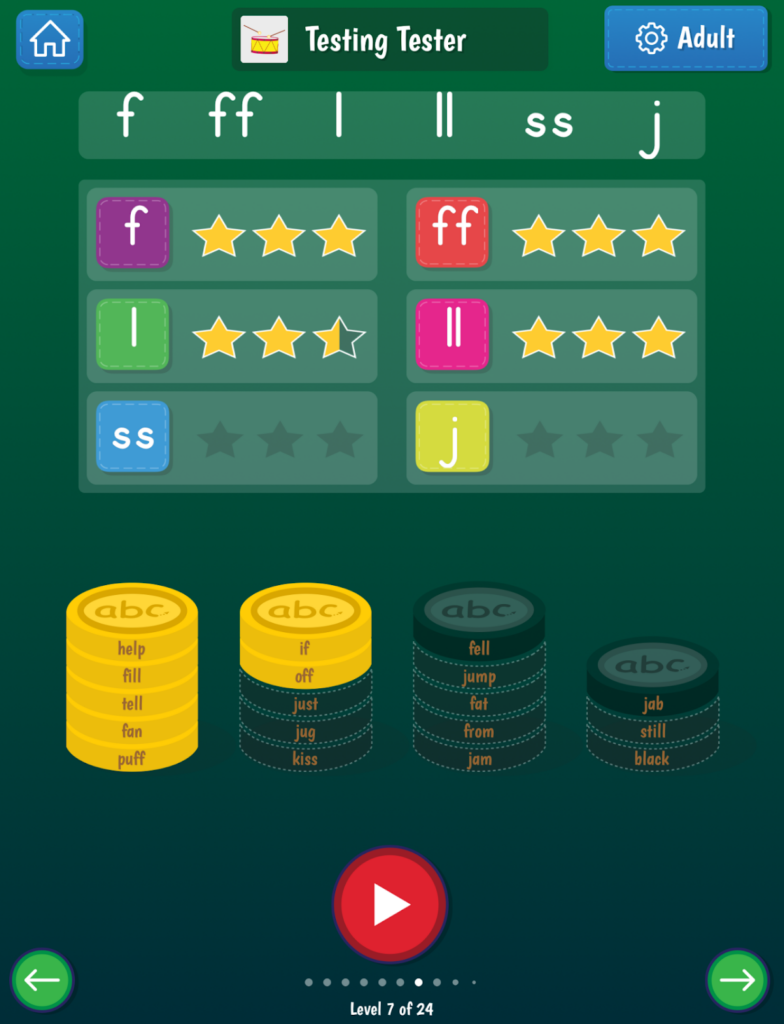
Visuals
The visuals in the app appear somewhat outdated and lack animation, which can pose challenges when illustrating more complex word meanings. While simple nouns can be adequately represented, more difficult words like “it” become complicated and potentially misleading due to the simplicity of the graphics. Updating the animations could more effectively demonstrate verbs and improve player engagement.
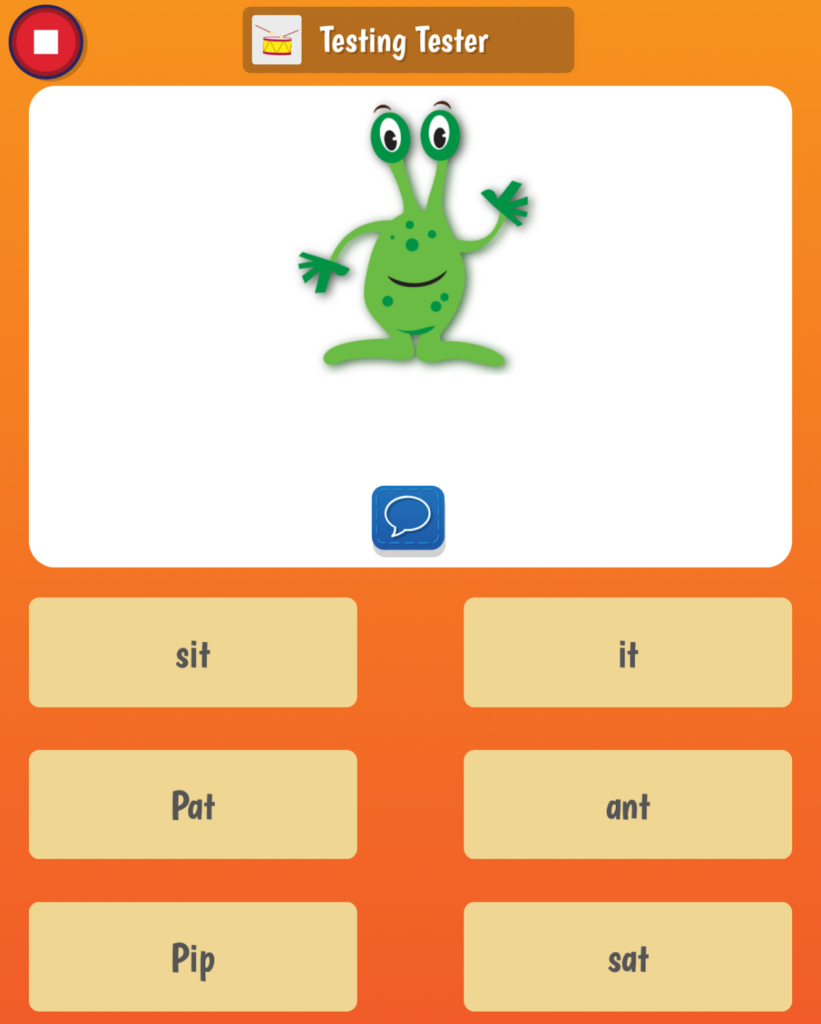
Learning to Read With Pocket Phonics
These factors contribute to the overall quality of literacy instruction in Pocket Phonics.
Letter Learning
Pocket Phonics provides accurate and clear instruction on letter sounds. Users can choose between US or UK accents. The app emphasizes letter sounds and letter formation (printing) practice through repetition.
Pocket Phonics offers clear and simple instructions on letter formation and gives practical feedback to learners. The app could improve on letter formation practice by including a verbal path for letter formation. These are consistent verbal directions that can be given as children learn and practice new letter formations.
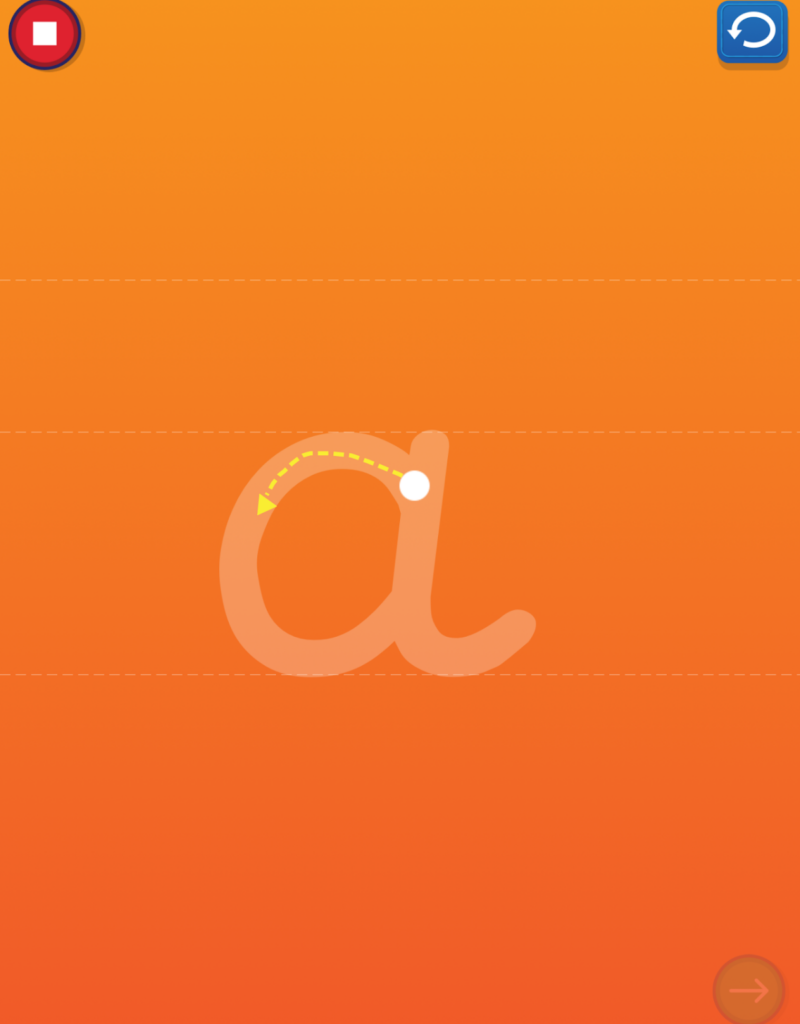
Letter Names
One notable drawback is the app’s stance against teaching letter names alongside letter sounds. The free literacy learning guide from Pocket Phonics states, “If a system teaches letter names and letter sounds together, this can often be a sign that it doesn’t follow other principles of synthetic phonics.” This is inaccurate information. There is debate among reading educators about whether to teach letter names or letter sounds first. Research suggests that teaching letter names alongside letter sounds is valuable — children’s knowledge of both is important!
That said, you can adjust the app’s settings to include letter names. Including letter names also makes the app’s instructions grammatically correct. It’s confusing and grammatically incorrect when the app says “/s/ say /s/” only using the letter sounds.
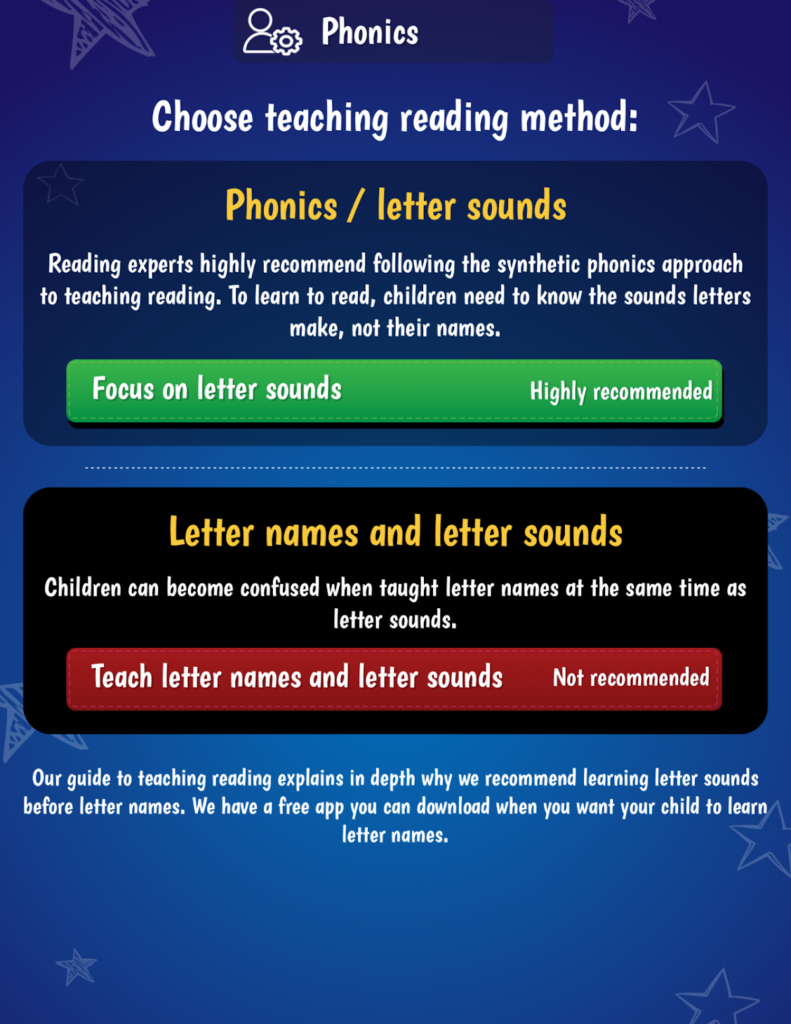
Type of Phonics Instruction
The Pocket Phonics app uses individual letter sounds to teach children to read and spell words. This type of phonics, “synthetic phonics,” refers to the synthesis of combining individual speech sounds. Some research points to synthetic phonics as the most efficient and effective method of teaching children to read words.
Furthermore, phonics skills are taught sequentially and systematically. This means that children are first taught the simplest phonics skills and patterns and these skills slowly increase in difficulty with practice. Using synthetic phonics sequentially and systematically is an asset to the literacy instruction in the Pocket Phonics app.
Phonemic Awareness
Phonemic awareness refers to the manipulation of speech sounds in language. Pocket Phonics models blending and segmenting to help kids read and spell words. This is an effective literacy practice. While new learners observe these skills in practice, they’re not often asked to actively practice these skills themselves.
Phoneme blending is a skill that’s necessary when learning to read. Pocket Phonics does a great job of modeling final blending in its gameplay. It would be helpful if Pocket Phonics also included modeling of continuous blending, which is the easiest method of blending to use when learning to read words.
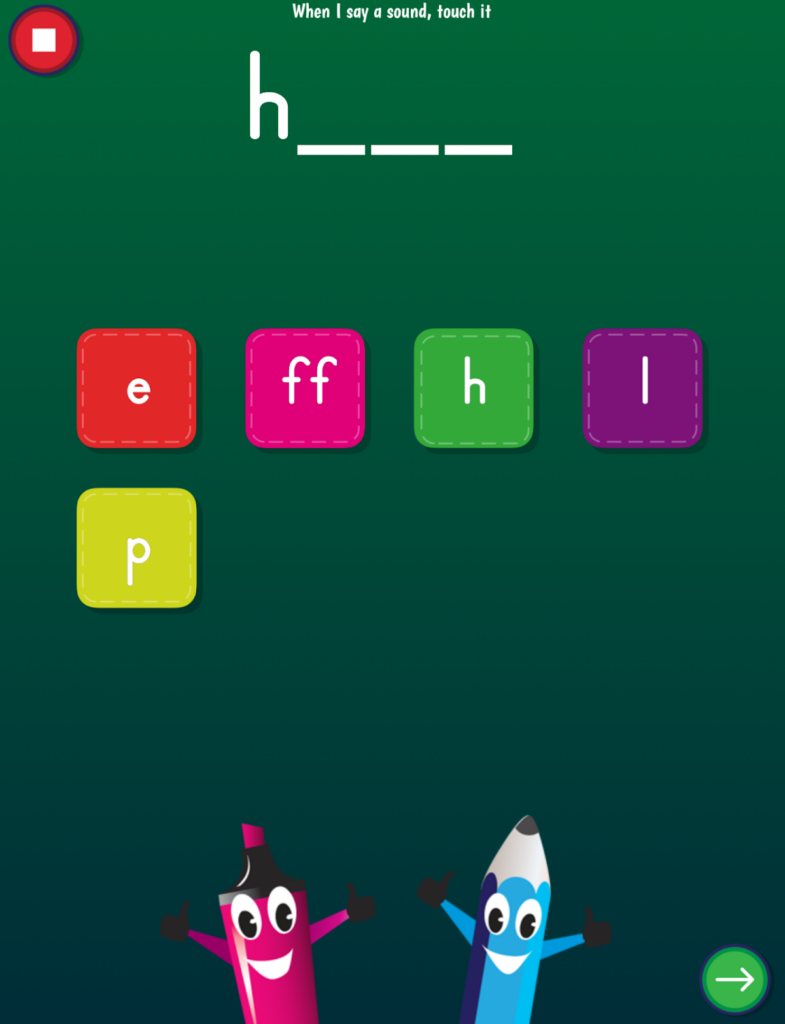
Type of Texts
There are 43 decodable books in the Pocket Phonics app. Decodable books include words that children have been explicitly taught how to sound out and read. These types of texts discourage word guessing and promote decoding skills which are recommended for new readers.
When reading these texts, there are three options to choose from:
- Read to Self: A child attempts to read the words and sentences themselves. If a child is stuck on a word they can tap the word and a model of how to sound out the word is shared.
- Read Aloud: A child can choose to have the story read out loud to them. Unfortunately, the story is read to the child in a dysfluent and robotic voice. This is not recommended as it sidesteps the important practice children need in sentence-level reading. It doesn’t model fluent reading.
- Voice Detection: In this option, the app tracks the words the child reads out loud. Unfortunately, this option is not very accurate and adult supervision is recommended to ensure children are reading accurately.
Difficult words in these texts are presented in red. However, these texts include words that readers haven’t been explicitly taught yet. Tapping on these words reveals what the word is, however, an explanation of how the word is irregular is not included. Furthermore, some of the books have many difficult words which defeats the purpose of having decodable texts in the first place.
Finally, comprehension of texts is not included in the decodable books. Adding comprehension questions to the books would be valuable for getting kids to think about the story.
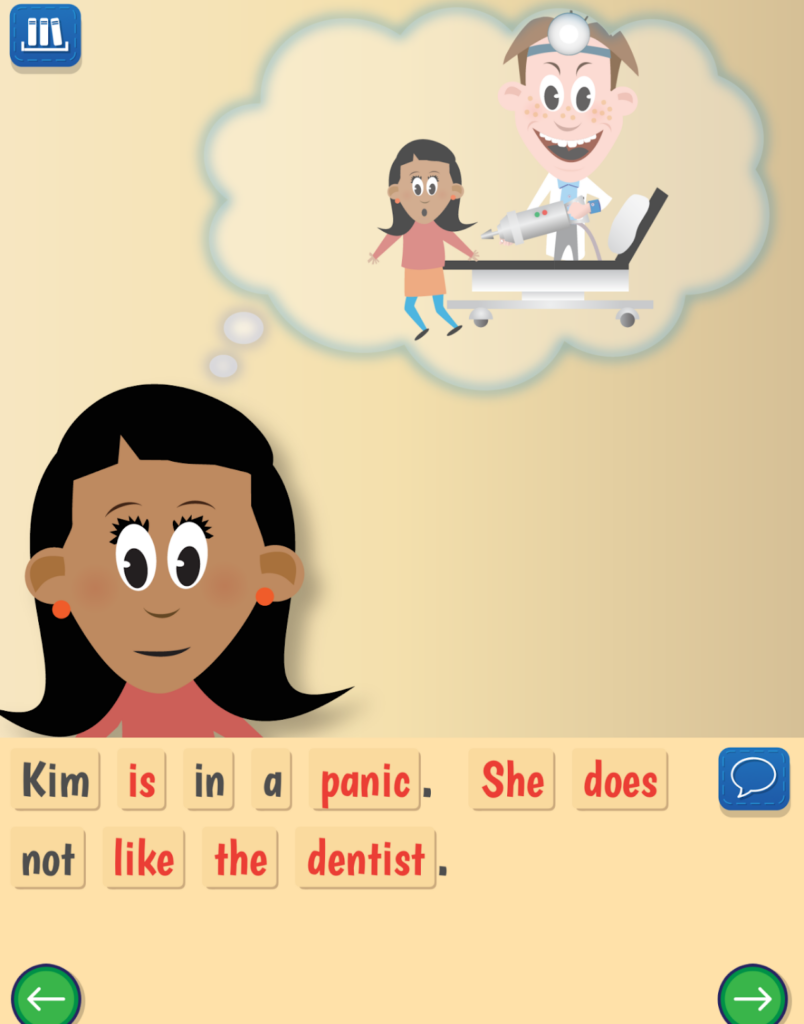
Pros and Cons of the ABC Pocket Phonics App
It’s generally easy to sign up and navigate the Pocket Phonics app. Many customizable settings within the app allow it to be more approachable to new readers. Student progress is shared with involved adults who can pinpoint areas in which their new reader needs extra support. Connecting usability between school and home—plus easier app access to the players’ starting point—could improve the app.
The Pocket Phonics app does many things well when it comes to literacy instruction. It uses the evidence-based synthetic approach to word reading and spelling. It also models phonemic awareness skills such as blending sounds to read words and segmenting words for spelling. The letter sounds are accurate and represented, as are the letter formation (printing) activities.
ABC Pocket Phonics could improve the quality of literacy instruction by encouraging letter name learning, modeling continuous blending of phonemes, and increasing the decodability and fluency in their storybooks.
Interested in learning about other literacy apps? Explore other phonics program reviews on the phonics.org website today.
ABC Pocket Phonics Rating
Quality of Literacy Instruction: 3 / 5
Usability: 3.5 / 5
Engagement: 3 / 5









